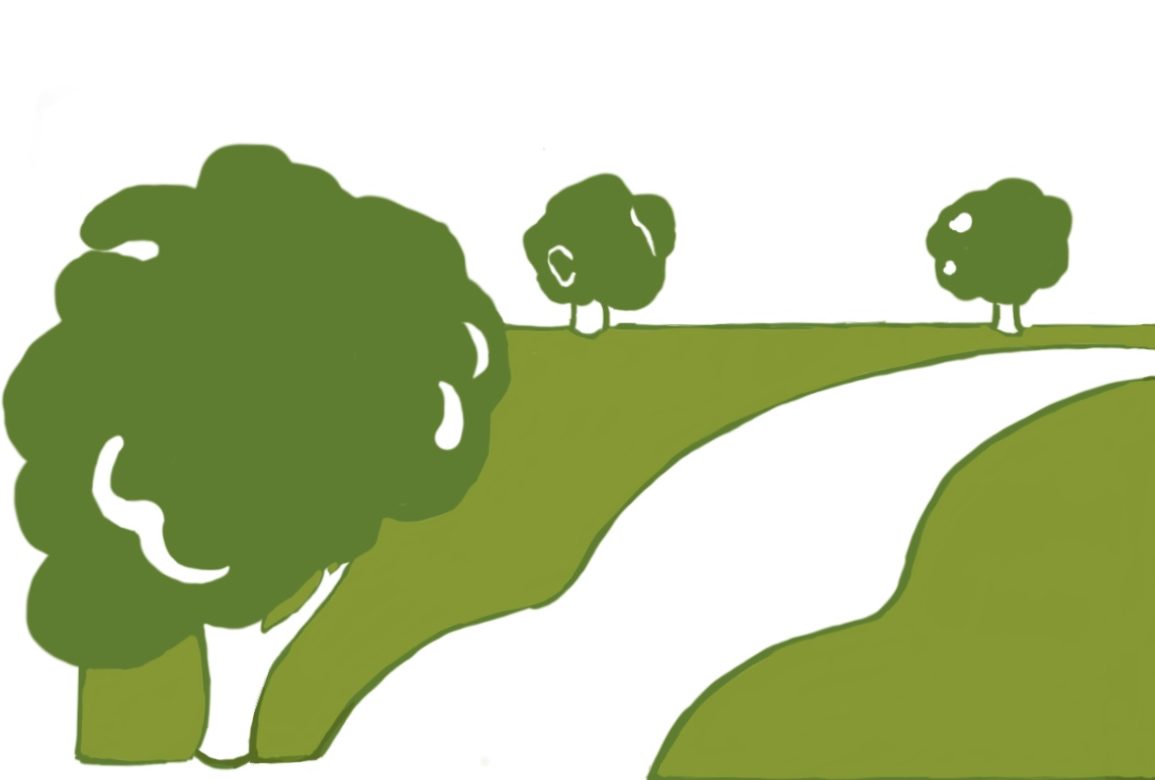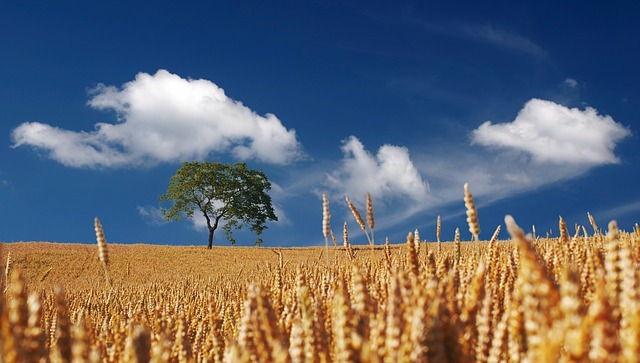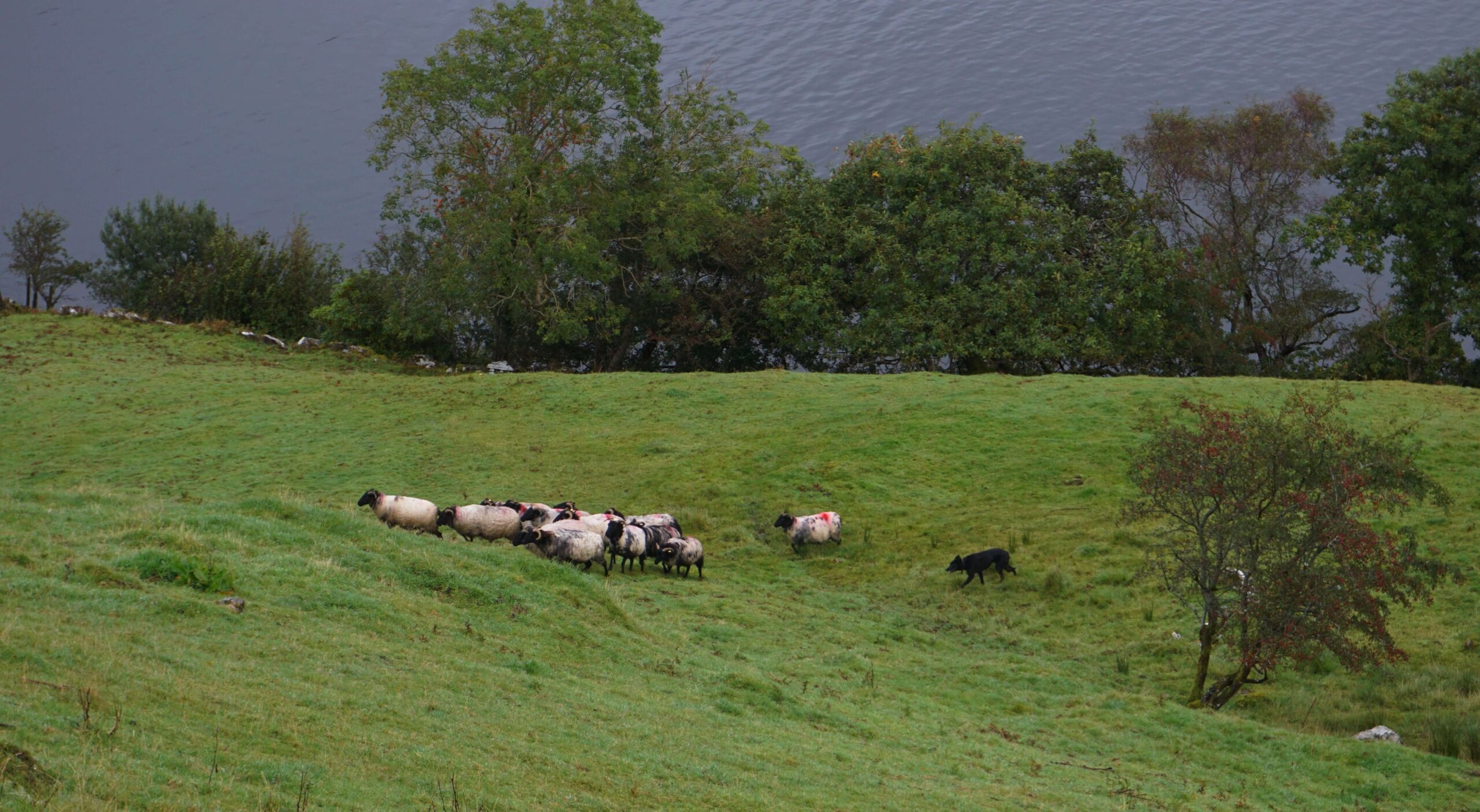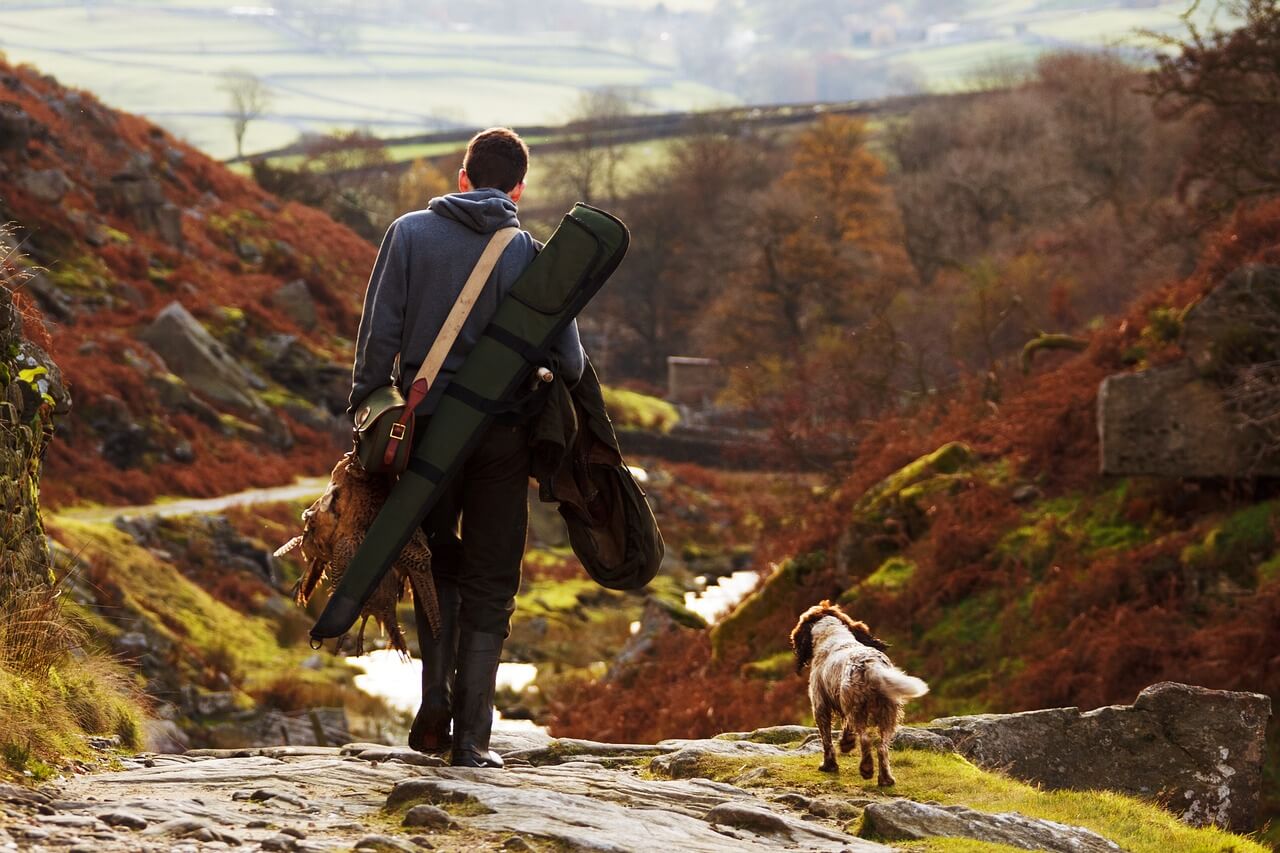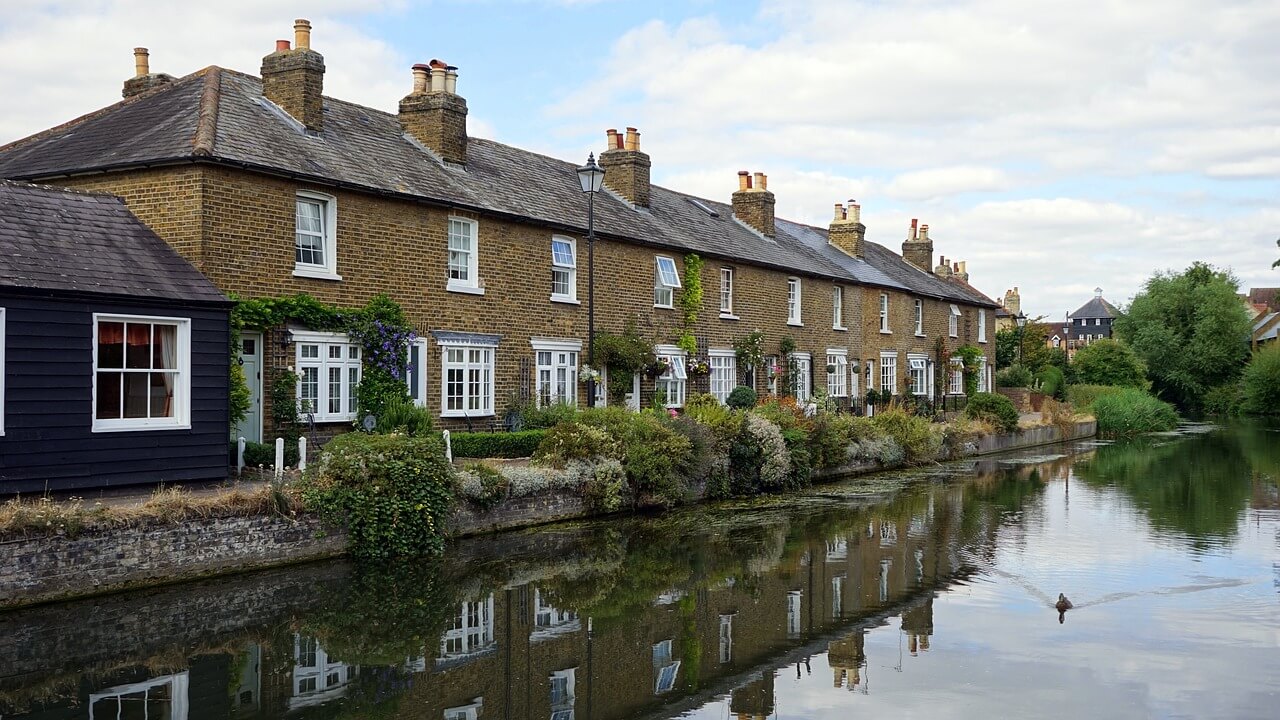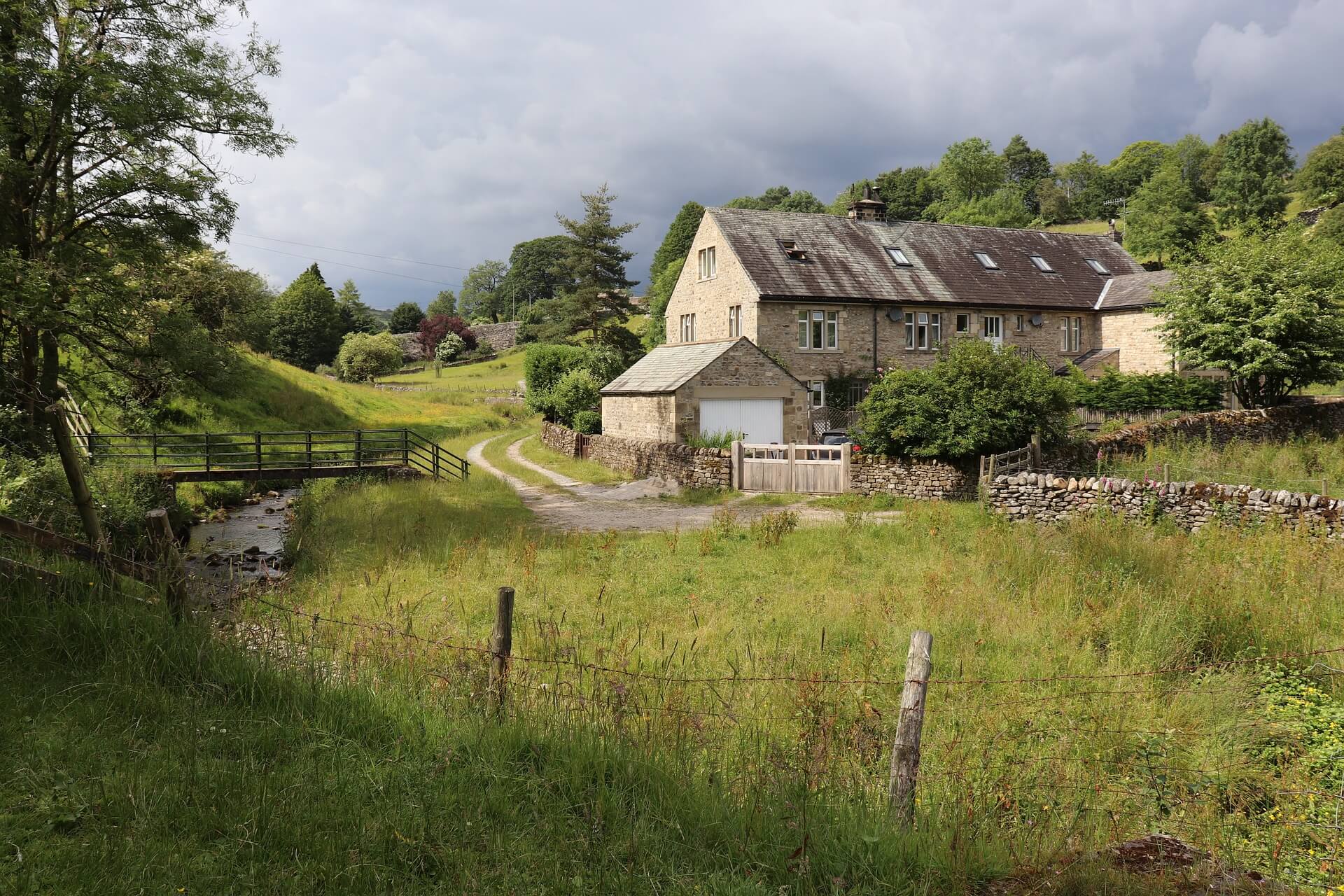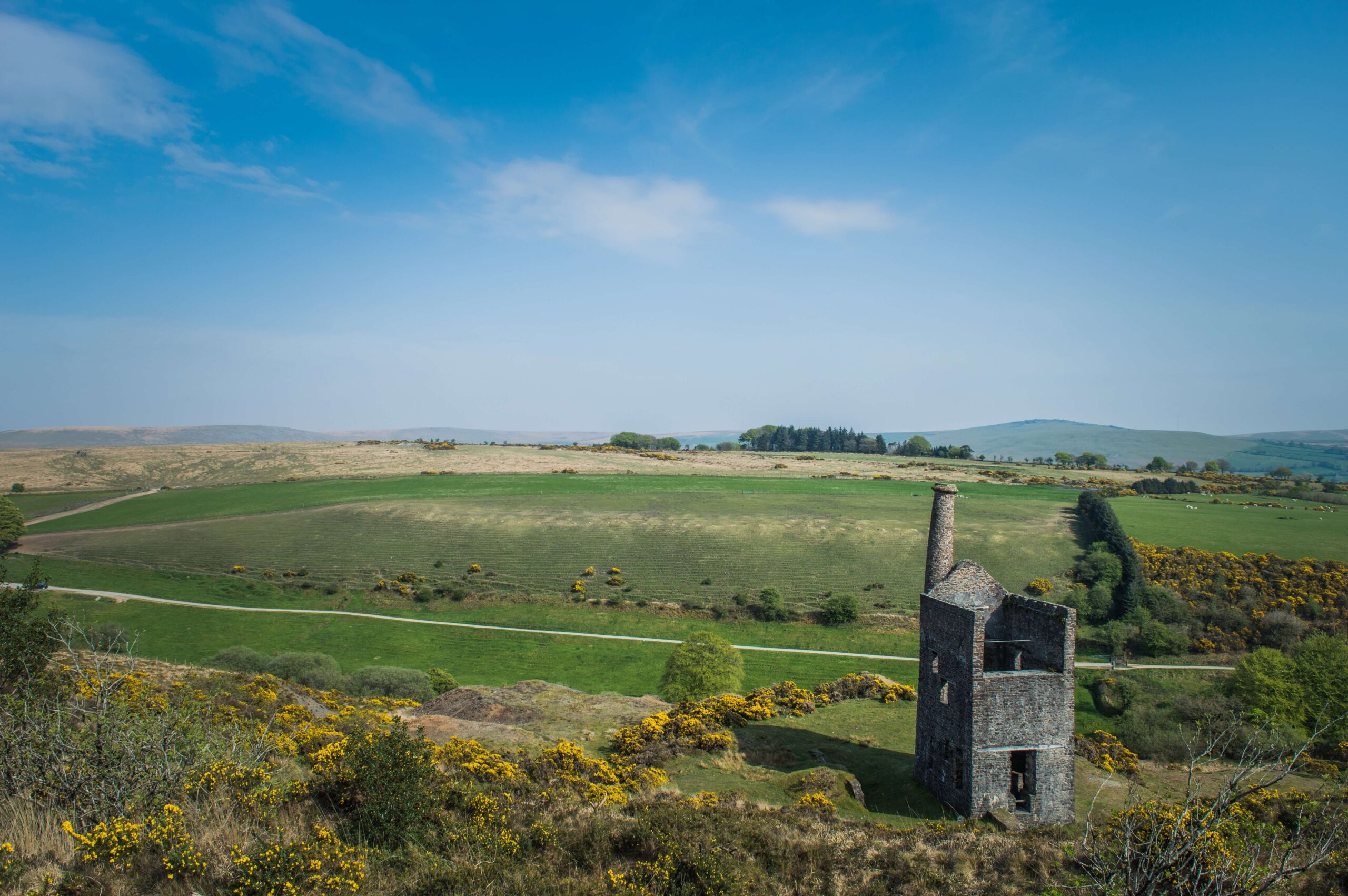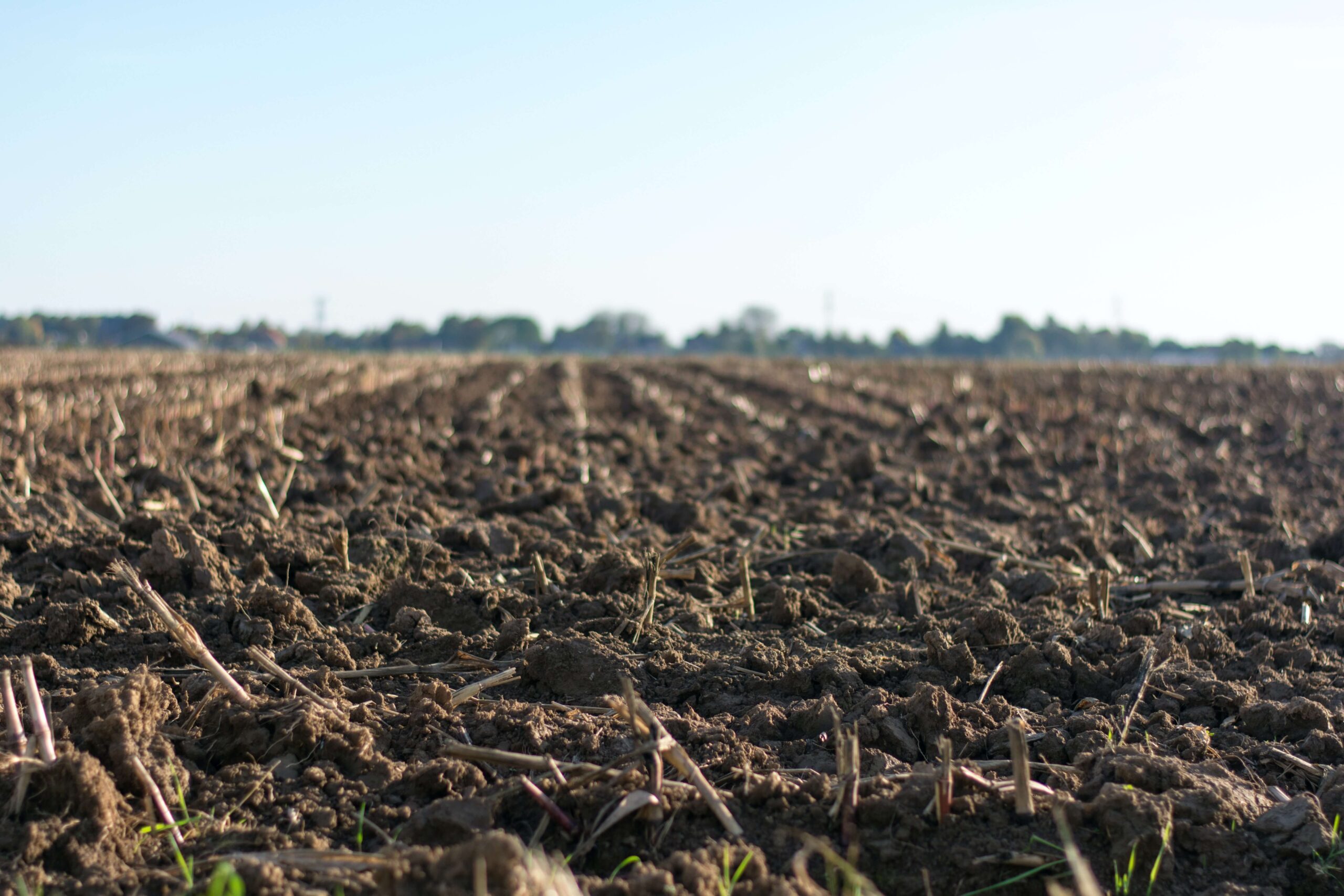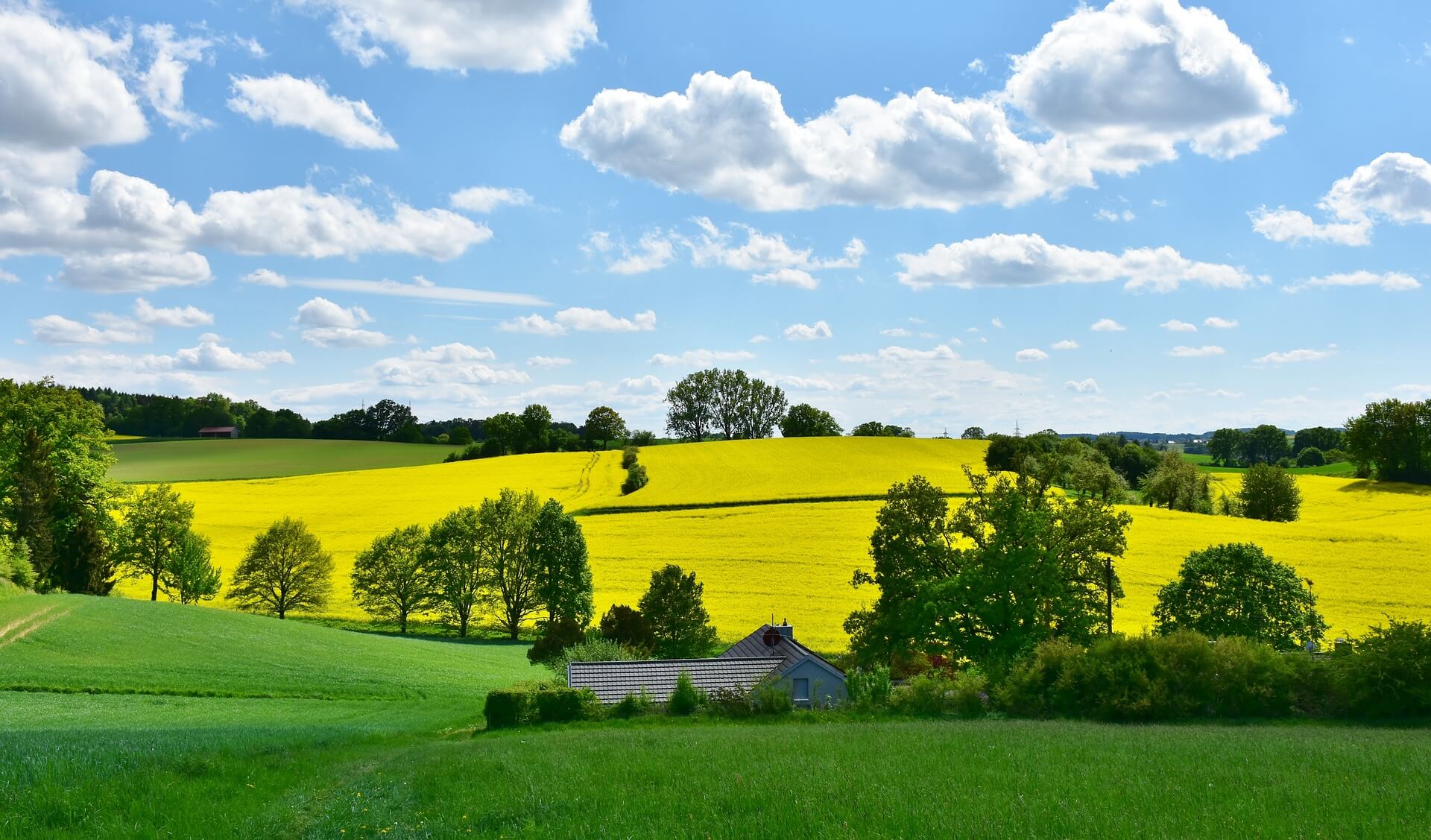River Pollution
Climate change scientists have forecast warmer wetter winters, predictions that have certainly been borne out by the past year or two. Indeed, Met Office statistics show that, from October 2022 to March this year, more rain fell on England than in any eighteen month period since records began in 1836.
Flooding was extreme with many fields and roads under water for weeks on end. This had a serious impact on farming with the Agricultural and Horticultural Development Board suggesting that the yields of winter wheat will be 15%, winter barley 22% and oilseed rape 28% lower than the 5-year average. Coming on top of the reduction in subsidy and other financial constraints, there have been threats of potential food shortages.
Continue reading “River Pollution”